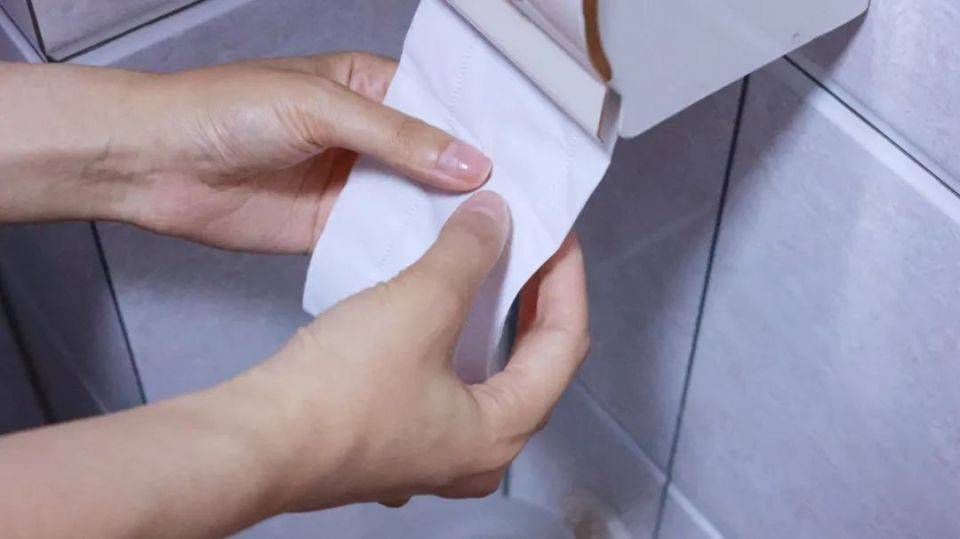Men’s “prostate” is like women’s ovaries, although it does not have the ability to secrete reproductive cells, its impact on reproductive cells is undeniable. With age, men’s “prostate” will undergo some changes, the most common being “enlargement,” which is the most worrying “hyperplasia” issue for people. In addition to this common issue, there is also a risk of malignant transformation in the male “prostate.”
Therefore, timely detection of “prostate” issues is particularly important. Often, if there is a lesion in the “prostate,” it usually shows through urination. So, how specifically does it manifest in three aspects?
1. Frequent Urination
Because of prostate enlargement, there is pressure on the ureter, so after each visit to the restroom, there is a feeling of “incomplete evacuation,” which is a typical symptom of “frequent urination.” As the degree of prostate enlargement increases, this “frequent urination” issue will become more severe, to the point where one may have difficulty urinating completely, leading to abdominal distension and pain.
Therefore, if there is repeated incomplete urination without other reasons, the first consideration should be prostate enlargement.
2. Painful Urination
Due to the incomplete emptying of the bladder, urine retention can cause inflammation in the urinary system over time. Harmful bacteria can take advantage of this situation to infect the urinary tract, affecting the bladder, prostate, and other parts of the body.
So, if discomfort occurs during urination, accompanied by sporadic sharp pain, one should also consider whether there is prostate enlargement. Enlargement leads to urine accumulation, exacerbating infection, creating a vicious local cycle.
3. Abnormal Urethral Discharge
If there is abnormal discharge from the urethral opening, one should consider the possibility of a urinary tract infection. However, besides urinary tract infection, another possibility is whether there is inflammation in the prostate. If either of these two issues arises, it can cause urinary obstruction, accompanied by frequency or urgency. Therefore, suspicion of prostate problems should also arise when abnormal discharge occurs from the urethral opening.
[This article is an exclusive creation of “Panda Medicine” new media, author Muqiu. Unauthorized reproduction or copying is prohibited.]


